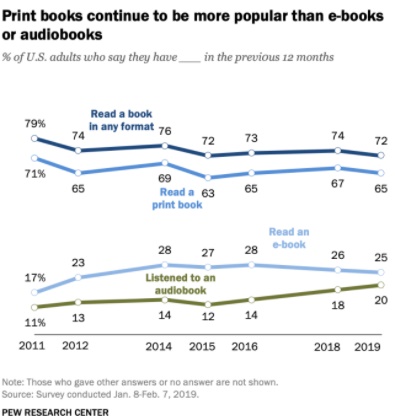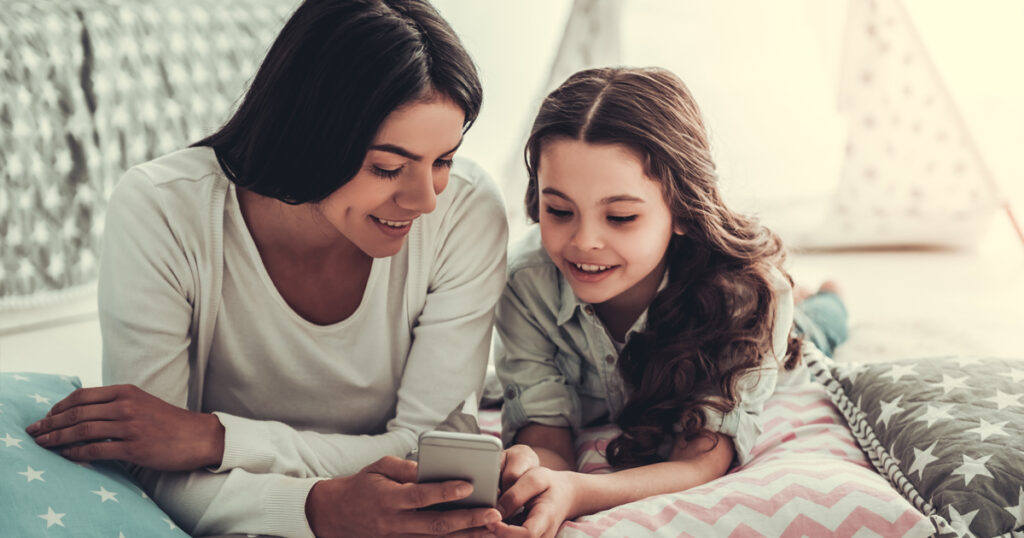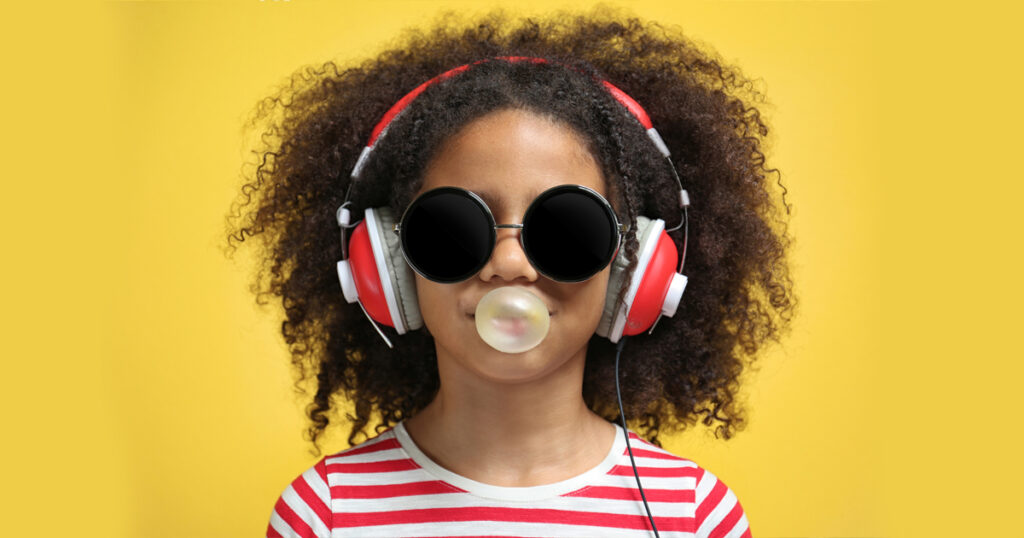While podcasts are not the only source of audio based learning, they have long been, and continue to be, one of the most popular. This should come as no surprise considering that they are available on just about any device through an Audible subscription, easy-to-use podcast platforms, and even free websites, making them an accessible source of educational content for all kids.
With over 2,000,000 podcasts currently available around the world, it’s inevitable that one or two will eventually wiggle their way into our lives. Fortunately, for adults and kids alike, new research is showing that audio based learning offers impressive benefits. Podcasts can be a path to relaxation, a form of entertainment, or even an educational tool for curious kids.
WHAT IS AUDIO BASED LEARNING
Audio based learning is a type of learning where listening and speaking are the main communication skills utilized. Some kids may be natural auditory learners, while others may prefer visual or kinesthetic modes of learning. However, incorporating all types of learning styles can help kids absorb even more of the information they are presented with.
In the past few years, teachers have started to understand the benefits of audio based learning and are incorporating more of these resources into their classrooms. It is increasingly common for teachers to utilize podcasts or audiobooks into their lesson plans in order to tap into the variety of benefits audio learning can offer, and audio based learning has slowly become a staple in teachers’ arsenals.
BENEFITS OF AUDIO LEARNING FOR KIDS

1. GREATER USE OF IMAGINATION
Visual media, like movies or YouTube videos, give you just about everything you need to follow a story: audio descriptions, visuals, sound effects, etc. Little room is left for the imagination apart from wondering what may come next. The same can’t be said for audio based learning options like podcasts.
With these, you’re only listening to audio, whether that’s through someone’s voice telling a story, two people having a conversation, or interesting sound effects that come in and out. The “visual” field is constructed through the power of the imagination.
With audio based learning, your brain has the freedom to bring together previous experiences and turn those images into a visual collage that matches what you’re hearing. This means the process is unique for everyone and will give your creative side a great workout no matter your age. Kids, in particular, love having the opportunity to let their creativity run wild as they listen to podcasts and other audio.
2. INCREASED UNDERSTANDING
As Nicole Hennig, an E-Learning Developer at University of Arizona Libraries, wrote in the Library Technology Reports (2017), “it turns out that when words are spoken aloud, children can understand ideas that are two to three grade levels higher than their normal reading level.” That’s a big jump! While kids may struggle to understand certain ideas while reading, listening can provide them with a key to that stubborn lock.
3. IMPROVED READING SKILLS
In the same report, Nicole Hennig points out that “kids have improved reading skills when combining listening with reading.” Reading can take years for kids to master, but the process can be made easier if kids are allowed to follow an audio as they read.
Listening to stories can also help them develop knowledge around storylines, character development, and themes, which will come in handy as they further develop their reading skills.
4. DEVELOPS ACTIVE LISTENING
In recent years, active listening has become a bit of a buzzword, and for good reason. It’s needed for collaboration, problem solving, and effective communication, among others. The sooner kids begin to develop active listening, the better off they are. Podcasts can offer a great place to start, as they’ll need to listen closely if they want to follow the story, learn how that science experiment turned out, or find out what happened to their favorite character.

Now, for parents or caregivers who have been told that reading is better than listening, it’s important to note that, when it comes to language development, there isn’t much of a difference. A recent study in the Journal of Neuroscience found that “although the representation of semantic information in the human brain is quite complex, the semantic representations evoked by listening versus reading are almost identical.” That’s just a technical way of saying that whether we read words or hear them, our brain interacts with them in the same way, allowing us to develop greater vocabulary and language skills through various inputs.
Audiobooks are clearly growing on people, as research by the Pew Research Center showed that from 2016 to 2019, the share of Americans who reported listening to audiobooks jumped from 14% to 20%, and it’s unlikely that number will stop growing any time soon.
HOW TO MAKE THE MOST OF EDUCATIONAL PODCASTS
In a recent study by Kids Listen, researchers found that after listening to a podcast episode, the majority of kids (73%) will initiate a discussion based on the topic of the podcast. This is a great place to nurture your child’s learning. Allowing them to start the discussion can help you open conversations about the things they’re actually interested in.
The same study found that most kids will also request more information about the podcast topic (52%) or ask to do an activity based on what they heard in the podcast (49%). If your child asks for more information, use this as an opportunity to help them do research or share what you may already know about the topic. If they want to do an activity, help them gather materials or organize a project while talking to them about how it relates to what they heard. You can also check out Goop Tales’ activity booklets by taking the Kids Activity Quiz, which will generate a list of 10 personalized activities based on Goop characters.

HOW TO PICK THE RIGHT PODCASTS FOR YOUR CHILD
The previously mentioned study by Kids Listen offers a great deal of guidance when it comes to choosing the right podcast for your little one. That study found that the podcasts children are most interested in include stories (30%), history (29%), and science (22%). Fortunately, many podcasts for kids, including Goop Tales, also include some element of history or science, making it easier to find the perfect podcast for your curious listener.
What about podcasts with sound effects? According to a study mentioned in The Atlantic, “the use of sound effects and sound shots in an audio drama increased the level of mental imagery that listeners reported, and also caused listeners to pay more attention.” This suggests that podcasts that include sound effects may help retain kids attention and jumpstart their imagination while listening.
The same article in The Atlantic advises that story podcasts should focus on a central character that faces some kind of challenge. The tension or stress around the challenge releases oxytocin in the brain, which increases empathy and allows the listener to connect to the story and the characters in a more meaningful way. This ultimately translates to increased empathy overall
While common knowledge seems to suggest that kids have short attention spans and won’t listen to anything for more than a few minutes at a time, Kids Listen actually found that the most popular podcasts for kids were around 15-20 minutes long (26%) with podcasts over 30 minutes not far behind (24%). Goop Tales’ episodes are 30-40 minutes long, making them ideal for young listeners. Our listeners on iTunes say they are the perfect length to fill a dull moment or accompany a quiet activity.
CONCLUSION
If you have a curious youngster at home who constantly craves new bits and pieces of information, consider incorporating a podcast into their daily routine. If your child is interested in stories, Goop Tales storytelling podcasts are a great place to start. Take time to try out a few podcasts to see which one grabs your little one’s attention. You can start with Goop Tales’ most popular episode, Gablia and the Turkish Fairy Chimneys, where Gablia, who loves to gab, travels all the way to Turkey and meets an adorable jerboa!
